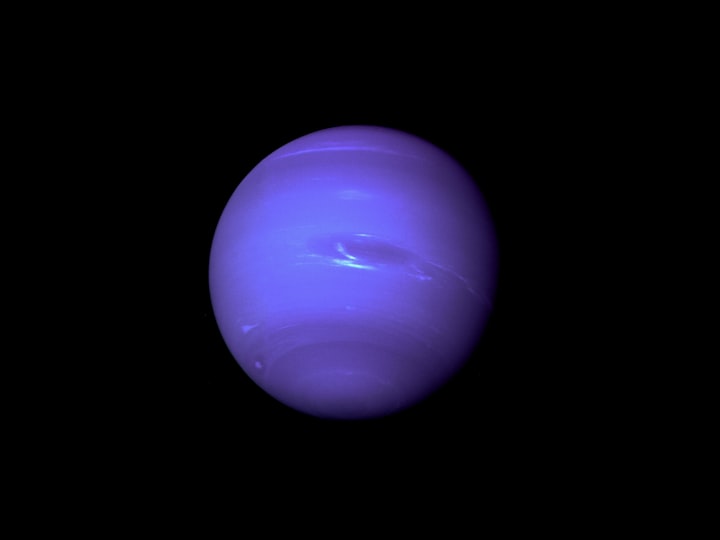Neptune was the first planet that was discovered by doing mathematical calculations. Neptune is the eighth planet from the sun in our solar system, and the farthest planet from Earth. It is a giant gas planet, much like its near-twin, Uranus. It is named after the Roman god of the sea, Neptune. Neptune is the fourth largest planet by diameter, and the third largest by mass in our solar system.
Discovery and Exploration
Neptune was first discovered in 1846 by Urbain Le Verrier, a French mathematician, and astronomer. He noticed that Uranus' orbit was being perturbed in a way that could only be explained by the presence of another planet beyond it. Based on his calculations, he predicted the position of the unknown planet, and it was soon observed by Johann Galle, a German astronomer.
Since its discovery, Neptune has only been visited once by a spacecraft. In 1989, the Voyager 2 spacecraft passed by Neptune, taking pictures and measurements of the planet and its moons. The images and data from Voyager 2 helped to increase our understanding of this distant planet.
Characteristics and Composition
Neptune is a gas giant, made mostly of hydrogen, helium, and methane. Its atmosphere is composed of about 80% hydrogen and 19% helium, with a small amount of methane. The planet has a deep blue color due to the absorption of red light by the methane in its atmosphere.
Neptune has a diameter of approximately 49,244 kilometers, making it the fourth largest planet in our solar system. It is slightly smaller than Uranus, but more massive, with a mass of 17 times that of Earth. The planet's density is about 1.64 times that of water, indicating that it is likely composed of a mixture of rock and ice.
Neptune is known for its strong winds, which can reach up to 2,100 kilometers per hour. These winds are the strongest in the solar system, and are thought to be caused by the planet's rapid rotation and its internal heat. The planet's rotation period is about 16 hours, making it the second shortest day in the solar system.
Neptune has 14 known moons, the largest of which is Triton. Triton is a unique moon in the solar system, as it orbits in a retrograde direction (opposite to the direction of Neptune's rotation). This suggests that Triton was not formed in orbit around Neptune, but was instead captured by the planet's gravity at some point in the past.
Neptune also has a system of rings, although they are much fainter than those of Saturn. The rings are composed of small particles of dust and ice, and were first discovered in 1984 by the Voyager 2 spacecraft.
Importance and Exploration of Neptune
While Neptune is not as well-known or studied as some of the other planets in our solar system, it is still an important area of research. Understanding the composition and behavior of gas giants like Neptune can provide insight into the formation and evolution of our solar system.
Neptune's largest moon, Triton, is of particular interest to scientists. Its retrograde orbit and unique surface features suggest that it may have been a captured object, possibly from the Kuiper Belt, a region beyond Neptune's orbit that contains many small icy bodies. Studying Triton could help to shed light on the origins of these objects and the history of the outer solar system.
Several proposed missions to Neptune and its moons are currently being considered by space agencies around the world. These missions would use advanced spacecraft and instruments to study the planet and its moons in more detail than ever before.
Conclusion
Neptune is a fascinating and important planet in our solar system. Its deep blue color, strong winds, and system of moons and rings make it a unique and intriguing object to study.
About the Creator
Subhan Khalil
Every moment spent in space is a reminder of the incredible beauty and complexity of our universe, and the importance of working together to explore it.
🚀🌕💫







Comments
There are no comments for this story
Be the first to respond and start the conversation.